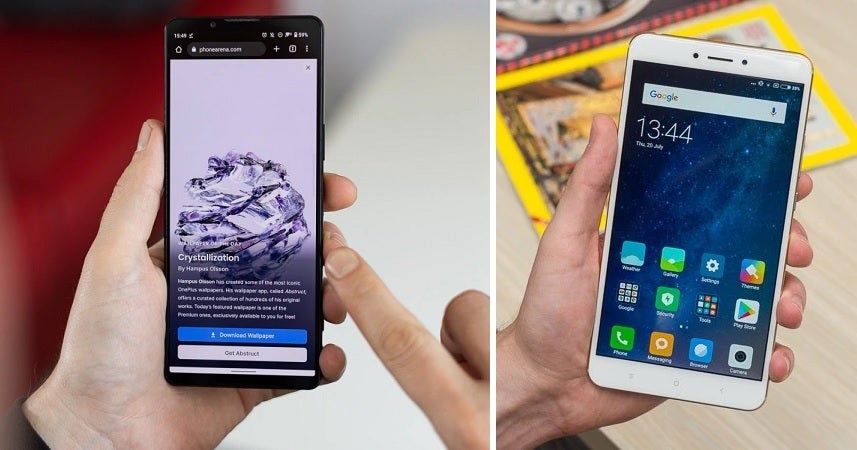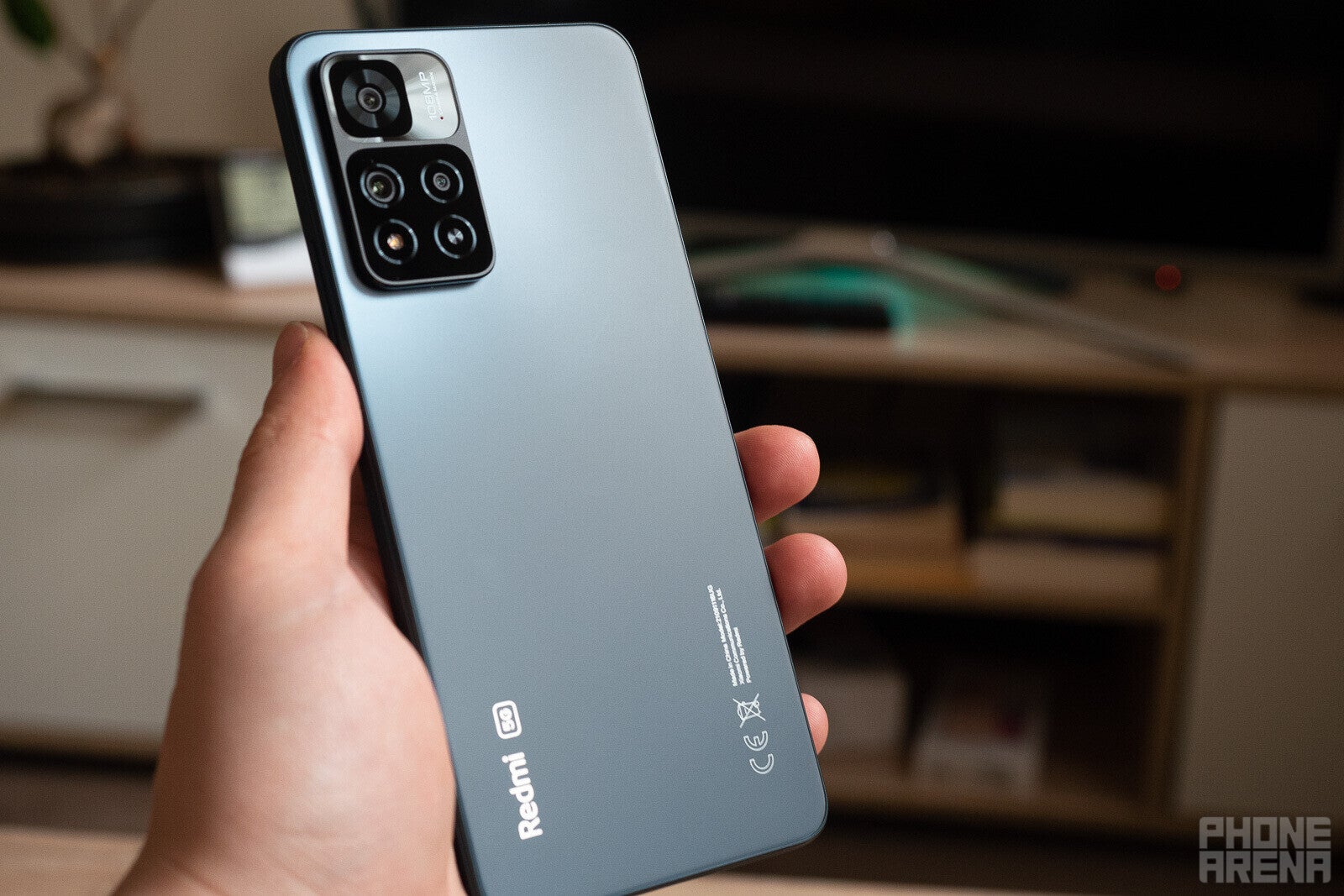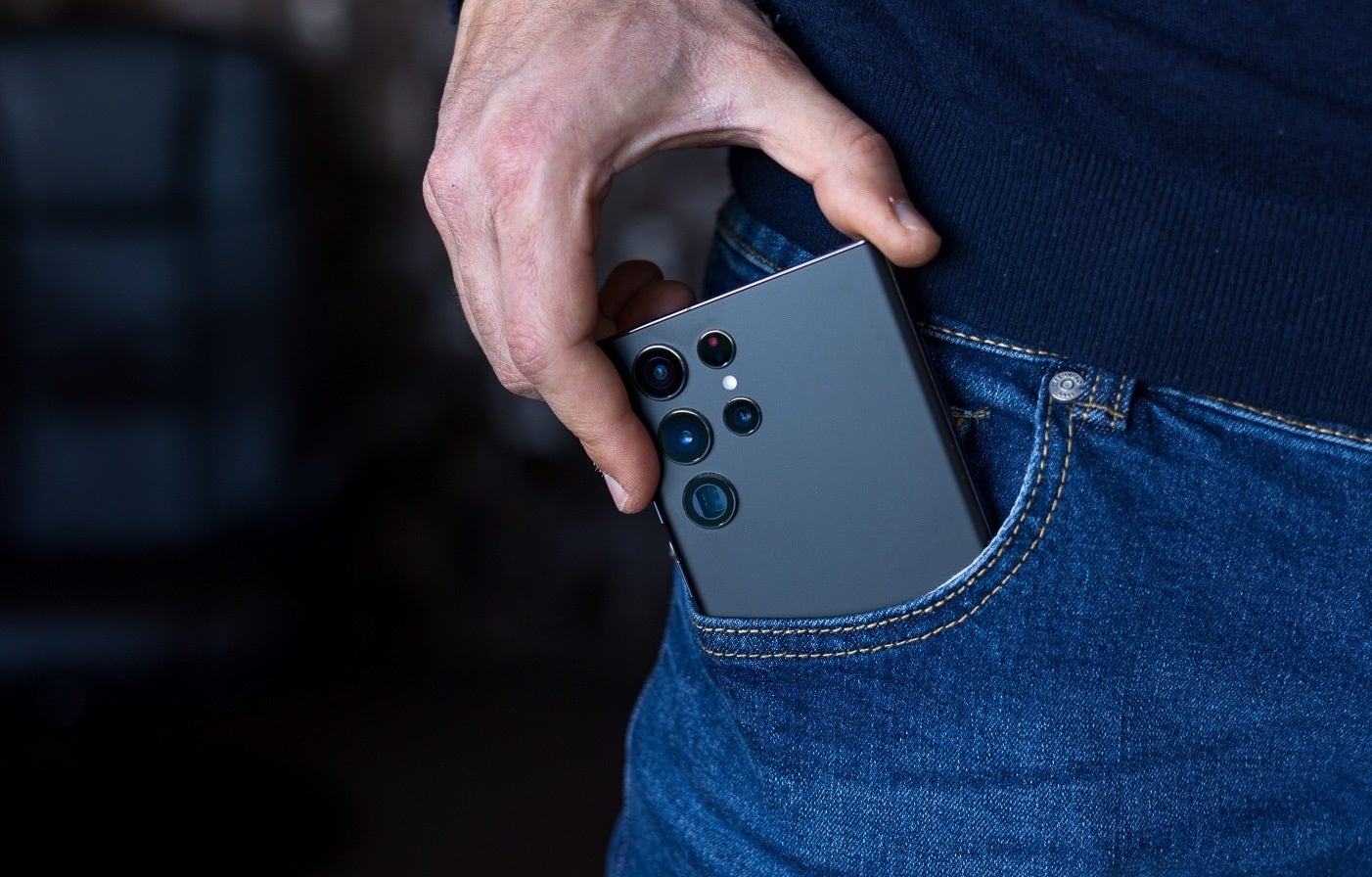4 big features phone brands are misleading you with: “Big screen, dual speakers, performance” and more
A smartphone’s presentation can be hugely exciting, and good at selling you on it. We recently saw the iPhone 14 event, and Apple managed to sell the world on a phone with a display cutout, which it called the “Dynamic Island!” Impressive, if anything else. This is not an example of a brand misleading you, though, just a brand that’s great at marketing.
But there are other, more basic aspects and features of a phone, which you should definitely know are often being presented in a slightly misleading fashion. Let’s start with what I consider one of the most cardinal marketing sins – calling a single-speaker phone a dual-speaker one…
“Dual speakers” – usually it’s technically true, but…
You know how your smartphone has an earpiece? That horizontal line above the display, where you hear people’s voices from during ever so rare phone calls?
Once upon a time, the earpiece was just that, but fairly recently many phone brands decided to start counting it as a second speaker, and making it spit out some high frequencies in tandem with your phone’s “real” speaker. So now – every phone suddenly has “dual speakers!”
Here’s the deal, though. A phone’s earpiece is never capable of producing the same kind of rich, deep sound that a “real” speaker can. Most often, smartphones have a single bottom-firing speaker, which provides all the upper bass, mids, and highs, while the earpiece just produces weak high frequencies.
Sure, merely the fact that it’s doing something usually helps convey some kind of a stereo effect – so that’s better than nothing – but this is not a true dual-speaker experience.
Even Apple’s iPhones, which arguably have the best sound of any mainstream smartphone, do this. They pack just a single, very good bottom-firing speaker, with the earpiece providing some sound of its own for the sake of a stereo effect. Imagine what a true dual stereo-speaker iPhone would sound like! Now that’d be epic.
In any case, if you want to see a real dual-speaker phone, check out the Asus ROG Phone 5 Ultimate, or the Galaxy Z Fold 4, or even certain cheapo phones like the Redmi Note 11 Pro+.
Those phones are among the rare ones that actually have two, equally-powerful and competent stereo speakers, which I’d say is the only case where the phrase “dual speakers” is not misleading. The ROG Phone even has dual front-firing speakers, which are next-level strong, by the way!
So there we have it. When you see “dual speakers” as a selling point, make sure to look around the phone for speaker grills. If it only has one, usually on the bottom – then it’s just a single speaker that’s going to be making most of the noise, plus the much weaker earpiece chiming in. And… you’re being misled (at least if sound quality matters to you).
“Huge display” – not as huge as you may think

The modern Sony Xperia 1 IV (left), and the 2017 Xiaomi Mi Max 2 (right)
This is not something phone brands intentionally mislead you with at all, but just a fact consumers don’t often consider. So you should definitely keep it in mind when you’re looking at phone specs, particularly display sizes.
The most common way the world measures screen sizes is diagonally, in inches. A phone can have a huge, nearly 7-inch screen, but still feel smaller in your hand than your 6.1-inch iPhone 13. What black magic is this? Well, it all comes down to aspect ratios.
If you buy a very tall phone like the Xperia 1 IV, you’ll quickly notice that your videos and movies look pretty tiny on its seemingly-huge 6.5-inch display, and that’s because it has a wide 21:9 aspect ratio. It’s perfect for scrolling through social media feeds and all that, but when you’re looking at photos and videos, you’ll likely feel that they should appear larger. But that’s the drawback of measuring displays diagonally.
If you want a phone that feels big, with content that looks big on it, don’t get a tall one, letting the specs trick you. Get a phone that’s reasonably tall, but wide too, say, one with a 2:3 screen aspect ratio.
Older phones like the Galaxy Note Edge and Xiaomi Mi Max 2 were notably wider than modern phones, and I personally don’t like this new trend of tall, narrow phones, but hey – if brands are going for it in droves, then statistically – you probably do.
Still, have screen aspect ratios in mind the next time you’re reading a phone’s display specs.
Fakey “extra” cameras
This is a popular trend with mid-tier and low-end smartphones.
Because it’s now common for flagship phones to have two or more cameras, many manufacturers add an absolutely pointless, low-quality macro camera to their cheaper phones, just so they can call it a triple-camera phone.
Rest assured that this third camera on the back of those phones is almost always useless, and just there for show. You’ll never use it, and even if you try to, you’ll find that it’s incapable of taking a single good shot.
The good news is that even lower-midrange phones have good dual cameras nowadays – normally a main and an ultra-wide one. But yeah – some brands go out of their way to slap a laughable macro too, just so they can elevate the phone’s presentation by having “three cameras” as a selling point.
In addition, certain brands would go an extra mile to mislead less tech-savvy buyers into thinking that the phone they’re looking at has even more than three cameras.
And I’m not talking about the no-name scam phones you can buy out of China, which literally have fake dummy cameras on the back; I’m talking about real brands you’ve likely heard of, that use a phone’s design to convey the illusion of bigger, or more cameras.
For example, the Redmi Note 11 Pro+ I mentioned earlier has the kind of back camera module design that, at first glance, appears to contain five cameras!

The Redmi Note 11 Pro+
Now, you’re probably tech-savvy; you’ll look at this photo and quickly realize one is a flash, and the other is a… nothing… Just a ring placed next to the flash for, let’s say – the sake of style, or uniformity.
Still, I can’t help but consider this misleading. If one of my parents looked at this phone, they’d certainly assume it has at least four cameras on the back, if not five, when in fact they’re just a traditional three. On top of all this, the main camera has an extra large ring around it, perhaps to simulate the appearance of an extra large lens.
And this is just one example. Do keep an eye for other phones that go for this design “style,” which happens to be potentially misleading, at least for non-tech-savvy buyers.
Performance benchmark manipulations

This is one of several reasons why you should not take performance benchmarks to heart when you’re choosing a smartphone. Just in general, a performance benchmark may not reflect what you’ll experience from a smartphone in regular, day-to-day usage.
But more specifically, some phone brands have a history of manipulating performance benchmarks, by setting their smartphones to over-perform when they detect they’re being tested, or under-perform in normal usage.
So a smartphone that would, say, perform great during a benchmark, may perform worse during your normal usage. Now isn’t this misleading?
We won’t be getting into every scandal ever, but rest assured that whatever your favorite phone brand is, there’s a chance it was likely accused of, or proven to manipulate benchmark results in some way, at some point in time.
For example, recently Samsung was accused of throttling over 10,000 apps on its phones, and thus Geekbench delisted some of its flagships because of this behavior. In plain English, this suggests that certain Samsung phones would perform well on benchmarks, but when you actually use them normally, at least with certain apps, the performance would be worse than you may expect.
Also, Xiaomi followed Samsung’s example in throttling apps, but not Geekbench (allegedly) too, which, again – creates a believable scenario where its phones may perform way better in benchmarks, than in real-life usage.
In my personal opinion, the best way to learn about a smartphone that you’re interested in buying, would be from reviews, especially long-term ones. Not just by looking at benchmarks and specs. A reviewer you trust, who’s actually used the phone normally, would be able to relay clearly whether it’s performing well or not.
Stay sharp, phone fans!
Do you have any tips you believe phone buyers should know about? Any things to watch out for, and keep in mind? Join the conversation and share them with your fellow phone enthusiasts in the comments section below!
For all the latest Technology News Click Here
For the latest news and updates, follow us on Google News.
